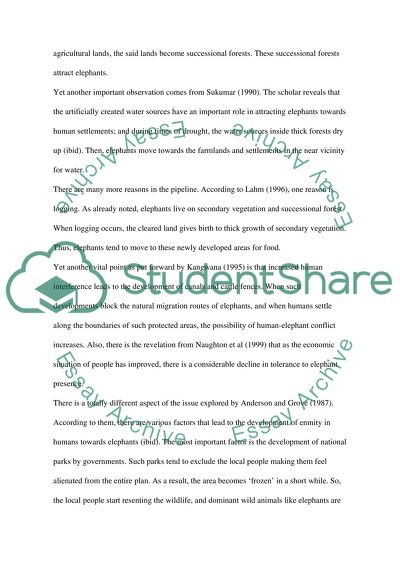Cite this document
(“Human Elephant Conflict. Human Invasion Into The Wilderness Essay”, n.d.)
Retrieved from https://studentshare.org/environmental-studies/1396669-what-are-the-causes-and-consequences-of-human
Retrieved from https://studentshare.org/environmental-studies/1396669-what-are-the-causes-and-consequences-of-human
(Human Elephant Conflict. Human Invasion Into The Wilderness Essay)
https://studentshare.org/environmental-studies/1396669-what-are-the-causes-and-consequences-of-human.
https://studentshare.org/environmental-studies/1396669-what-are-the-causes-and-consequences-of-human.
“Human Elephant Conflict. Human Invasion Into The Wilderness Essay”, n.d. https://studentshare.org/environmental-studies/1396669-what-are-the-causes-and-consequences-of-human.


